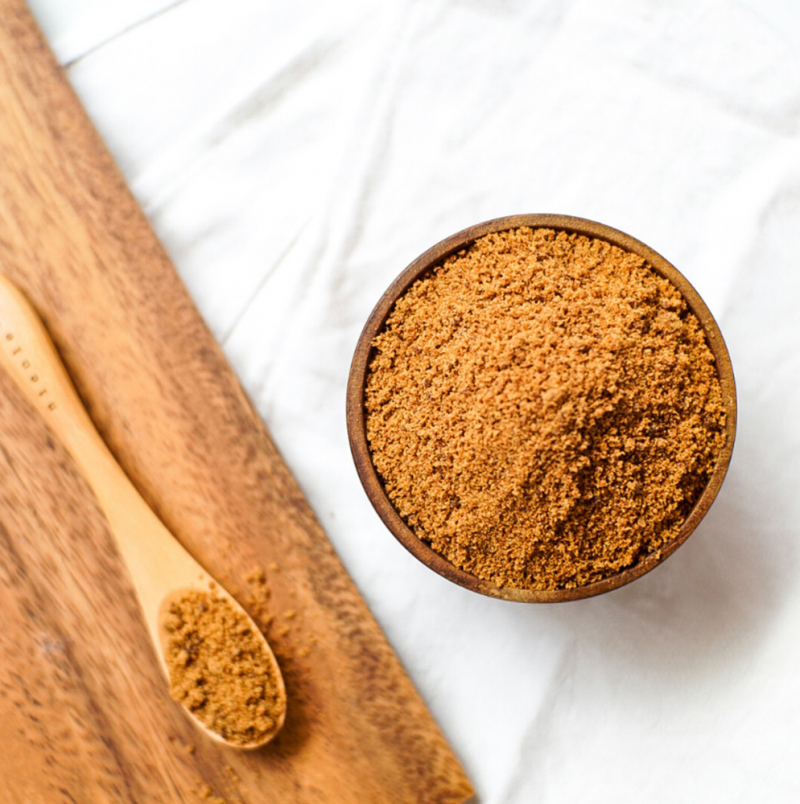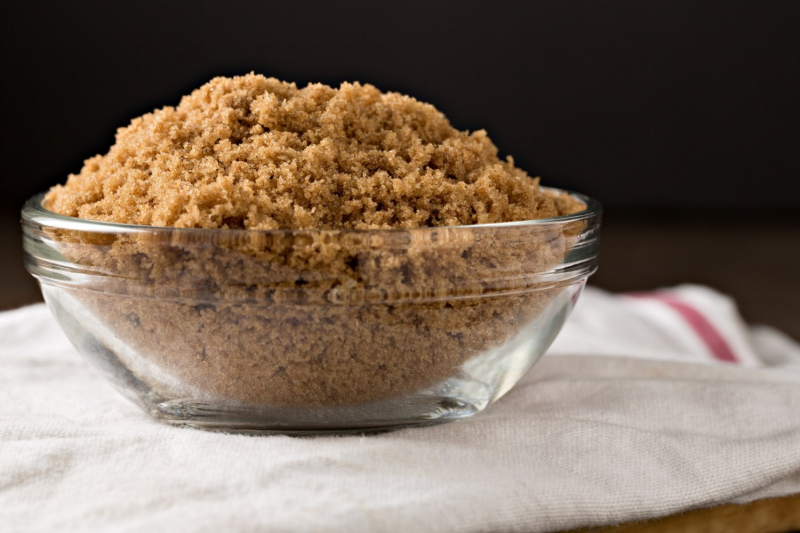Palm sugar

A palm tree, namely the nipa palm, produces palm sugar (via Primal Pal). To replace conventional sugar, sap from the tree's trunk is collected, thickened by boiling, and then broken up into granules. It features the caramel-like overtones people love about brown sugar and has a finer texture than turbinado sugar. Remember that palm sugar is available as cakes, granules, and syrup.
The fact that palm sugar is so nutrient-dense, aside from the flavor, is perhaps one of its finest features. According to Primal Pal, it is as follows: The majority, if not all, of palm sugar's minerals, such as potassium, iron, zinc, and B vitamins, are retained since it is not processed. Additionally, it has a low glycemic index rating. This means it doesn't spike your blood sugar so there will be no subsequent crash to follow. Palm sugar has a high heat tolerance, which makes it ideal as a 1:1 substitution for brown sugar for producing confections like hard caramels, pralines, or peanut brittle. It can also be used in place of brown sugar in recipes for savory foods and sauces.











